Welcome to the world of gardening! Gardens are a lovely place where we can relax and connect with nature. For those who are looking for something different than just straight rows or patterns, circle gardens may be the perfect way to go.
With its round shape, beautiful flowers, plants and other decorations that catch your eye from all angles, you’re sure to create a one-of-a-kind garden that encourages relaxation and beauty in equal measure.
In this post we will explore some ideas on how you can add this whimsical twist to your outdoor landscape! So let’s get started planning your dream garden – it’s easier than you think!
What Is a Circle Garden?
A circle garden is a type of garden design that uses curved lines and circles to create an aesthetically pleasing setting around your home.
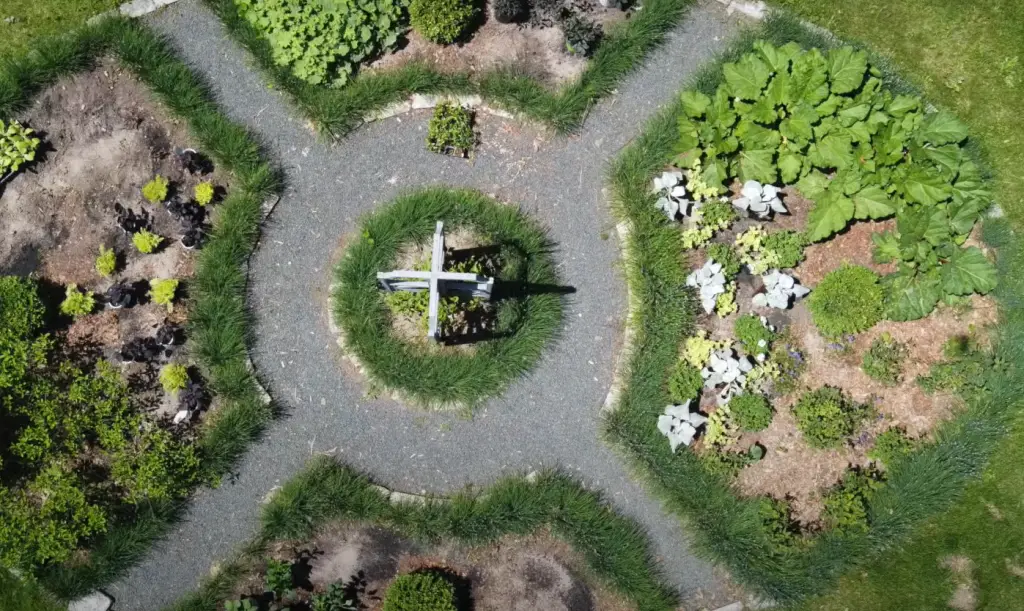
It’s a great way to add some life and texture to your backyard, while also providing more opportunities for seating, socialising and enjoying nature.
How To Make a Circle Garden?
Mark the Shape
The first step to designing your circle garden is to mark the area that you plan to use. You can do this by using a rope or string and stakes, or even by placing small stones or bricks in the shape of your desired circle.
Label the Different Sections
Once you’ve marked the area, it’s time to divide your circle garden into different sections. This will help you plan what type of flowers and plants are best suited for each area.
For example, if one section is in full sun while another is mostly shaded, this can influence what types of plants you choose. [1]
Create Pathways and Raised Areas
Pathways are a great way to break up your garden and make it more interesting.
Raised beds also add visual interest and can be used to grow plants that need extra drainage.
Make Garden Beds
Once you’ve finished outlining the pathways and raised areas in your circle garden, it’s time to make the beds. You can use a combination of soil, compost, mulch and rocks to create an area that is well-draining and nutrient-rich.
Finish the Garden With Your Centrepiece
Now it’s time to finish off your garden with a centrepiece! This could be anything from a beautiful statue to some colourful flowers or plants. Whatever you choose, make sure it ties in nicely with the surrounding area and helps create an inviting atmosphere for you and your guests.
Advantages of Circular Gardens
Circular gardens have many advantages, including:
- They provide a unique and eye-catching look that can be used to create an inviting atmosphere.
- The design encourages relaxation and encourages visitors to stay longer in the garden space.
- Pathways within the circle help divide plants into different areas so you can use your space wisely.
- Raised beds are perfect for plants that need extra drainage or protection from animals.
- Circle gardens are easier to maintain since you can reach all the necessary areas with ease.
The Circle Garden Design
When it comes to design ideas for your circle garden, there are many options. You can create a patio area in the centre with chairs and tables, or make an outdoor kitchen with a grill and sink.
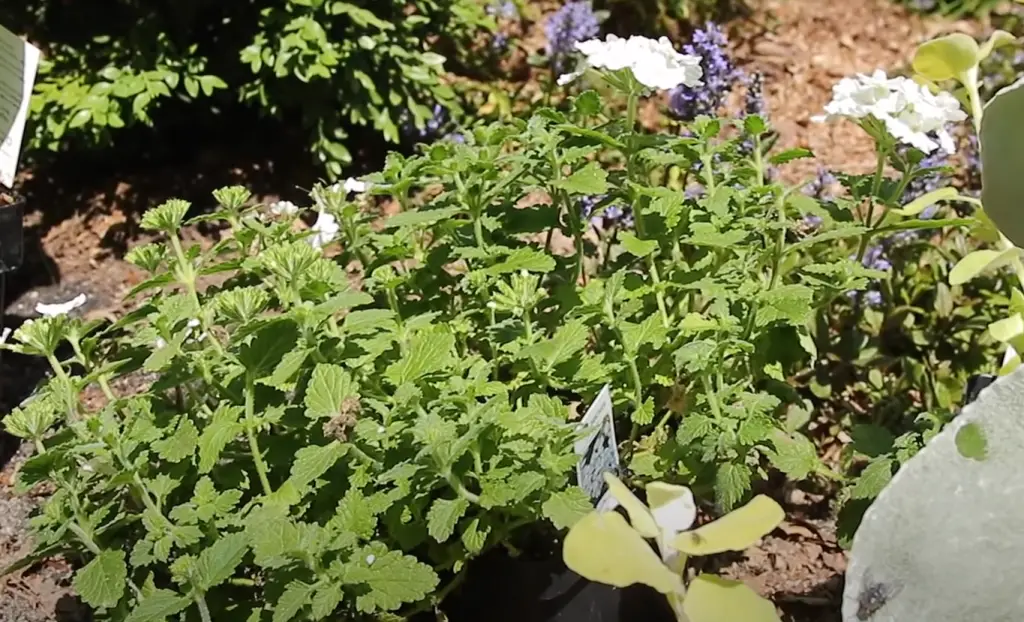
Plant beds around the edge of the circle will add colour and provide a pleasant ambiance. Raised beds can also be used to grow vegetables and herbs. And, of course, don’t forget the centrepiece! [2]
Circle Garden Ideas
A bench or bistro table
A bench or bistro table in the middle of your garden can be a great addition to any outdoor space. It’s a perfect spot for relaxing and enjoying nature while also providing an area where you, your family and friends can gather and chat.
A teepee or obelisk
A teepee or obelisk can be a great way to add visual interest to your circle garden. They’re also perfect for supporting climbing plants like clematis, wisteria and even vegetables.
An herb garden or herb spiral
Herb gardens are great for bringing colour, scent and flavour to your garden. You can create an herb spiral in the centre of your circle garden or even have one section dedicated entirely to herbs.
A wildlife-themed centre
A wildlife-themed centre is an ideal addition to any circle garden. You can use birdhouses, feeders and nesting boxes to attract birds, bees and other wildlife. This will provide hours of entertainment as you watch the different creatures visit your garden!
FAQ
How do you plant a circular garden?
When planting a circular garden, it’s important to start with the pathways and raised areas.
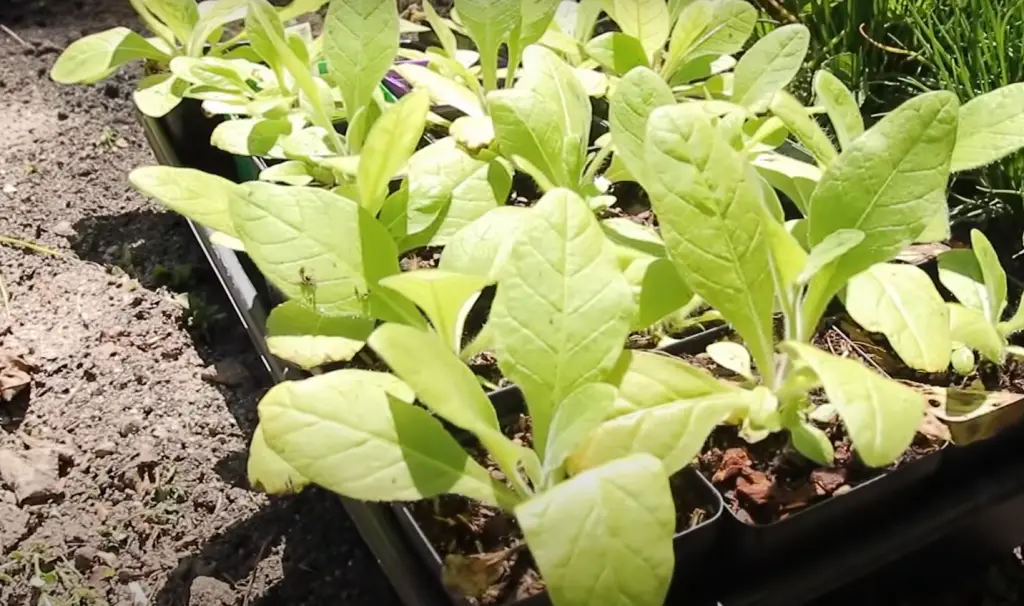
Once these are in place, then you can make garden beds using soil, compost, mulch and rocks. Finally, finish off your garden with a centrepiece that ties in nicely with the surrounding area.
What plants should I use for a circle garden?
When choosing plants for a circle garden, consider the climate and conditions of your garden
You should also think about how you want to arrange your plants – do you want them in raised beds or around the edges? Some good plant choices include flowers, herbs, vegetables and evergreens.
What is a circular garden?
A circular garden is a type of landscaping that features pathways and raised beds arranged in a circle.
It’s also perfect for growing flowers, herbs, vegetables and other plants.How do you lay out a narrow garden?
When laying out a narrow garden, it’s important to plan ahead and think about how you want your garden to look. Consider the size of the space and what types of plants you want to include.
You can create pathways or raised beds towards the edges of the garden to break up the space and add visual interest. Additionally, adding a centrepiece like a sculpture or water feature can help define the space and make it more inviting.
What are some ideas for a small garden?
Small gardens can be just as beautiful and enjoyable as larger ones! To maximise your space, consider raised beds or container gardening to make better use of the area.
Additionally, incorporating features like sculptures, fountains or even a pond can add interest and character to your garden.
You should also think about what types of plants you want to include, such as flowers, vegetables or herbs. Finally, don’t forget to add seating for taking in the beauty of your garden!
What is the most basic garden layout?
The most basic garden layout is a simple circle with pathways and perhaps some raised beds. This design is perfect for filling in small spaces or creating a more relaxed atmosphere.

It’s also easy to maintain, making it ideal for busy people who don’t have as much time to devote to gardening. Additionally, adding features like sculptures, water features and seating can help bring the garden to life.
How do I add colour to my garden?
Adding colour to your garden is easy! Start by choosing colourful plants like flowers, herbs and evergreens. You can also add in birdhouses, feeders or other decorative elements for an extra pop of colour.
Finally, consider adding a few items like a bird bath or fountain to bring in even more interest. With a little creativity, you can create a vibrant and beautiful garden!
How can I improve my long narrow garden?
A long narrow garden can be tricky to design, but with some careful planning you can make the most of the space. Start by creating interesting pathways or raised beds along the edges of the garden.
Additionally, adding plants that grow vertically like vines or trees can help break up the space and add visual interest. Finally, don’t forget to add some seating or a centerpiece like a sculpture to make your garden more inviting.
What are some tips for creating a circular garden?
Creating a circular garden is easy! Start by outlining the edges of your garden with pathways and raised beds.
Consider adding plants that will thrive in the specific climate and conditions of your garden, such as flowers, herbs, vegetables or evergreens.
Additionally, don’t forget to add a centerpiece like a sculpture or water feature to bring the garden to life. With some careful planning and creativity, you can create an inviting space that is perfect for relaxation and entertaining.
What are some ideas for a large garden?
A large garden offers plenty of possibilities! Start by creating pathways and raised beds to divide up the space. Incorporate features like sculptures, fountains or even a pond to add character and interest.
Additionally, think about which types of plants you want to include, such as flowers, vegetables or herbs. Finally, don’t forget to add seating so that you can take in the beauty of your garden! With a little imagination, you can create a stunning and tranquil outdoor space for relaxation and entertaining.
What are some tips for creating an inviting garden?
Creating an inviting garden is all about making the space as comfortable and enjoyable as possible. Start by adding pathways or raised beds to divide up the space and add visual interest. Incorporate features like sculptures, fountains or even a pond to bring the garden to life.
Additionally, choose plants that will thrive in the specific climate and conditions of your garden, such as flowers, herbs, vegetables or evergreens. Finally, don’t forget to add seating for taking in the beauty of your garden!
With a little creativity and planning, you can create an inviting outdoor space for relaxation and entertaining.
What is the best way to add personality to my garden?
Adding personality to your garden is easy! Start by incorporating features like sculptures, fountains or even a pond. Additionally, choose plants that will thrive in the specific climate and conditions of your garden, such as flowers, herbs, vegetables or evergreens.
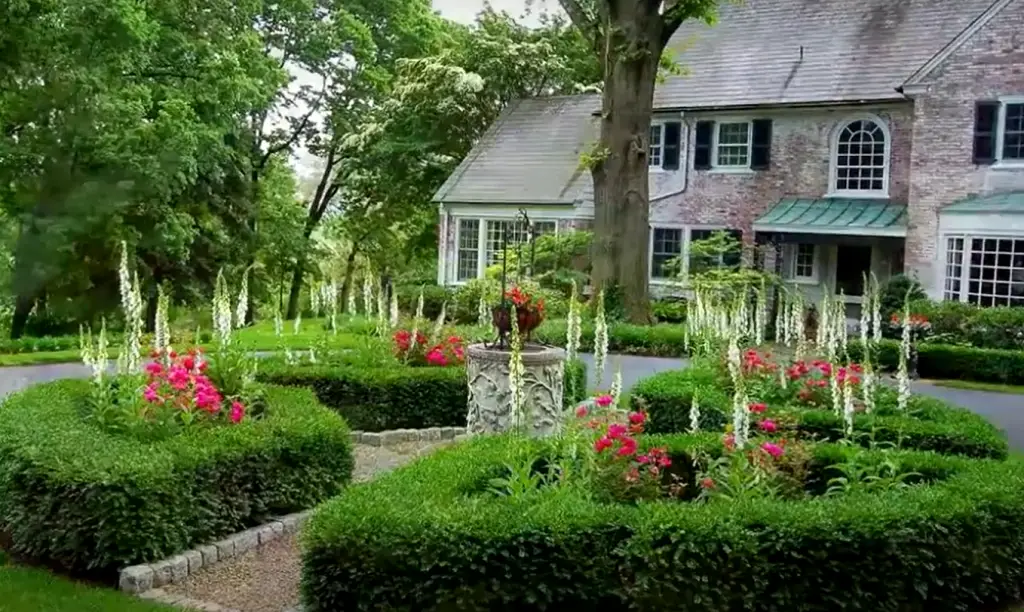
Finally, don’t forget to add seating so that you can take in the beauty of your garden. With a little imagination, you can create a stunning and tranquil outdoor space that reflects your own personal style.
What are some design ideas for a small garden?
Designing a small garden can be tricky, but with some careful planning you can make the most of the space. Start by adding pathways or raised beds to divide up the area and create visual interest.
Additionally, select plants that will thrive in the specific climate and conditions of your garden, such as flowers, herbs, vegetables or evergreens. Finally, don’t forget to add seating so that you can take in the beauty of your garden!
What other elements can I add to my garden?
Adding elements to your garden is a great way to make the space more inviting and interesting. Consider adding features like sculptures, fountains or even a pond. Additionally, don’t forget to include seating so that you can take in the beauty of your garden!
Finally, think about which types of plants you want to include, such as flowers, vegetables or herbs. With some careful planning and creativity, you can create an outdoor space that is perfect for relaxation and entertaining.
How can I make my garden more sustainable?
Making your garden more sustainable is a great way to reduce your environmental impact. Start by selecting plants that will thrive in the specific climate and conditions of your garden, such as native flowers, herbs, vegetables or evergreens.
Additionally, consider adding features like rainwater barrels and compost bins to conserve water and reduce waste. Finally, don’t forget to add seating so that you can take in the beauty of your garden!
How can I make my garden low-maintenance?
Creating a low-maintenance garden is all about choosing plants that will thrive in the specific climate and conditions of your garden. Consider selecting native flowers, herbs, vegetables or evergreens that are drought-tolerant and require minimal maintenance. Additionally, add features like rainwater barrels and compost bins to conserve water and reduce waste. Finally, don’t forget to add seating so that you can take in the beauty of your garden!
How can I add privacy to my garden?
Adding privacy to your garden is easy! Start by planting trees, shrubs or hedges that are suitable for the specific climate and conditions of your garden. Additionally, consider adding a pergola or trellis along with climbing plants like ivy or jasmine.
Finally, don’t forget to add seating so that you can take in the beauty of your garden without feeling exposed.
How can I add color to my garden?
Adding color to your garden is a great way to make the space more inviting and interesting. Select plants such as flowers, herbs, vegetables or evergreens that will thrive in the specific climate and conditions of your garden.
Additionally, consider adding bright accessories like furniture cushions or art pieces that complement the existing color palette. Finally, don’t forget to add seating so that you can take in the beauty of your garden!
Why should I add seating to my garden?
Adding seating to your garden is a great way to make the space more inviting and comfortable. Having comfortable seating in your outdoor space makes it easier for you to take in the beauty of your garden.
Additionally, having extra seating can come in handy for entertaining friends or family members. Finally, don’t forget to add additional features like sculptures, fountains or even a pond to make your garden more interesting!
Why should I plan my garden carefully?
Careful planning can ensure that your garden is perfect for relaxation and entertaining. Start by selecting plants that will thrive in the specific climate and conditions of your garden.
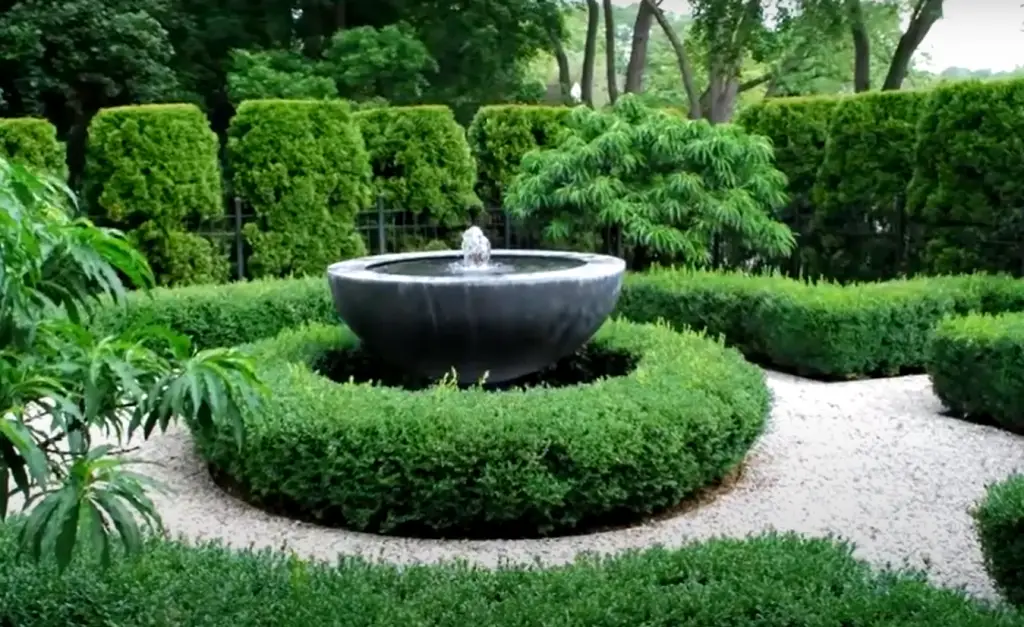
Additionally, consider adding features like rainwater barrels and compost bins to conserve water and reduce waste. Finally, think about which types of seating you want to include for maximum comfort.
With a little effort and planning, you can create an outdoor space that is both sustainable and low-maintenance.
Does adding features like sculptures or fountains make my garden more interesting?
Absolutely! Adding features like sculptures, fountains or even a pond can create unique focal points for your garden that will definitely add interest and charm.
Consider placing these elements in strategic locations throughout the space so that they become the centre of attention.
Do I need to include a seating area in my garden?
Including a seating area in your garden is not only comfortable and inviting, it also makes it easier to take in the beauty of your garden.
Finally, don’t forget to add accessories like furniture cushions and art pieces that will help tie the look together.
Does my garden need to be low-maintenance?
Yes! Designing a garden that is low-maintenance can save you time and energy in the long run. Start by selecting plants that are suitable for the specific climate and conditions of your space.
Additionally, consider adding features like rainwater barrels and compost bins to conserve water and reduce waste.
Does my garden need to be sustainable?
Yes! Incorporating sustainable elements into your garden is a great way to conserve resources and reduce your environmental footprint. Start by selecting plants that will thrive in the specific climate and conditions of your garden.
Additionally, consider adding features like rainwater barrels and compost bins to conserve water and reduce waste. Finally, think about which types of seating you want to include for maximum comfort.
Does my garden need to be inviting?
Absolutely! Designing an inviting and comfortable garden is key for relaxation and entertaining. Start by selecting plants that will thrive in the specific climate and conditions of your space. Additionally, consider adding bright accessories like furniture cushions or art pieces that complement the existing color palette. Finally, don’t forget to add seating in strategic locations throughout the space to create a cosy atmosphere.
Do I need to include accessories in my garden?
Yes! Adding accessories like furniture cushions and art pieces can help tie the look of your garden together.
Additionally, consider adding bright and cheerful colours that will create a warm and inviting atmosphere. Finally, don’t forget to add features like sculptures, fountains or even a pond to make your garden more interesting!
Does my garden need to be comfortable?
Yes! Incorporating comfortable seating into your garden is essential for relaxation and entertaining. Start by selecting chairs, benches or couches that are suitable for the specific climate and conditions of your space.
Additionally, consider adding furniture cushions that are comfortable and stylish. Finally, don’t forget to add features like sculptures, fountains or even a pond to create unique focal points.
Do I need to plan my garden?
Yes, planning your garden is essential for creating a space that is both sustainable and low-maintenance. Start by selecting plants that will thrive in the specific climate and conditions of your space. Additionally, consider adding features like rainwater barrels and compost bins to conserve water and reduce waste.
Finally, think about which types of seating you want to include for maximum comfort. By taking the time to plan your garden in advance, you can ensure that your space is both beautiful and functional.
Can I include water features in my garden?
Yes! Incorporating a water feature into your garden can create a visual focal point and add an exciting element of movement. Consider adding a fountain, pond or stream for added interest.
Additionally, think about which types of plants you want to use around the feature to create a natural-looking environment. Finally, be sure to add comfortable seating in strategic locations for maximum relaxation.
Can I add sculpture or art pieces in my garden?
Yes! Incorporating sculptures or art pieces into your garden is a great way to create visual interest and tie the look together. Start by selecting pieces that complement the existing color palette and style of your space.
Additionally, consider adding bright accessories like furniture cushions or art pieces that will draw attention to your garden. Finally, don’t forget to add seating at strategic locations around the sculptures or pieces to create a comfortable atmosphere.
What type of plants should I use?
When selecting plants for your garden, it is important to choose varieties that will thrive in the specific climate and conditions of your space. Consider researching native plants or selecting varieties that are adapted to your climate.
Additionally, think about which types of features you want to include like rainwater barrels and compost bins to conserve water and reduce waste. Finally, be sure to add seating in strategic locations for maximum comfort.
Which types of furniture should I include?
When selecting furniture for your garden, start by considering pieces that are suitable for the specific climate and conditions of your space.
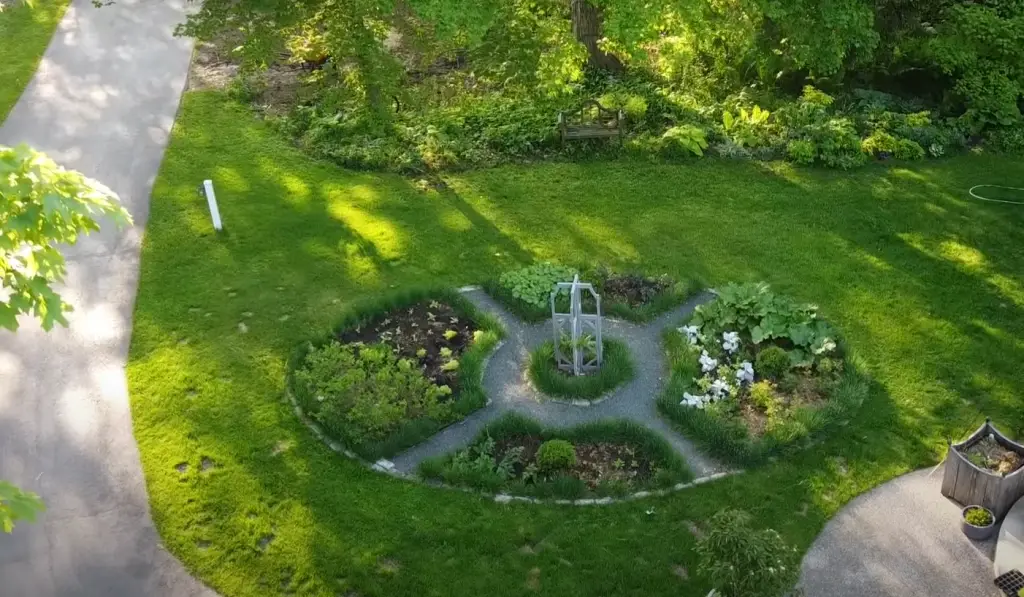
Additionally, think about which colours and styles will complement the existing color palette and style of your space. Finally, don’t forget to add features like furniture cushions or art pieces that will draw attention to your garden.
What types of accessories should I include?
Incorporating accessories like furniture cushions and art pieces can help tie the look of your garden together. Additionally, consider adding bright and cheerful colours that will create a warm and inviting atmosphere.
Finally, don’t forget to add features like sculptures, fountains or ponds that will create unique focal points.
Which types of seating should I include?
When selecting seating for your garden, start by incorporating pieces that are comfortable and stylish. Additionally, consider adding furniture cushions or art pieces that will draw attention to your garden.
Finally, don’t forget to add features like sculptures or ponds in strategic locations for maximum relaxation.
Can I add lighting to my garden?
Yes! Incorporating lighting into your garden is a great way to create a warm and inviting atmosphere.
Start by selecting lights that are suitable for the specific climate and conditions of your space. Additionally, think about which colours and styles will complement the existing color palette and style of your space.
Finally, don’t forget to add lighting in strategic locations that will highlight the unique features of your garden.
Is there anything else I should consider when creating a garden?
Yes! When creating your garden, it is important to consider the specific climate and conditions of your space.
Additionally, think about which types of accessories you want to include like rainwater barrels and compost bins to conserve water and reduce waste. Finally, be sure to add comfortable seating in strategic locations for maximum relaxation.
Useful Video: Planting the circle garden | How I designed it | The Impatient Gardener
Conclusion
Creating a beautiful and inviting garden requires careful planning and thoughtful attention to detail. Start by considering the specific climate and conditions of your space and selecting plants, furniture, accessories, and lighting that will thrive in those conditions.
Additionally, think about which colours, styles, and features will create a cohesive-looking environment.
Finally, don’t forget to add seating and unique features in strategic locations for maximum comfort. With a bit of planning and creativity, you can create the perfect outdoor oasis!





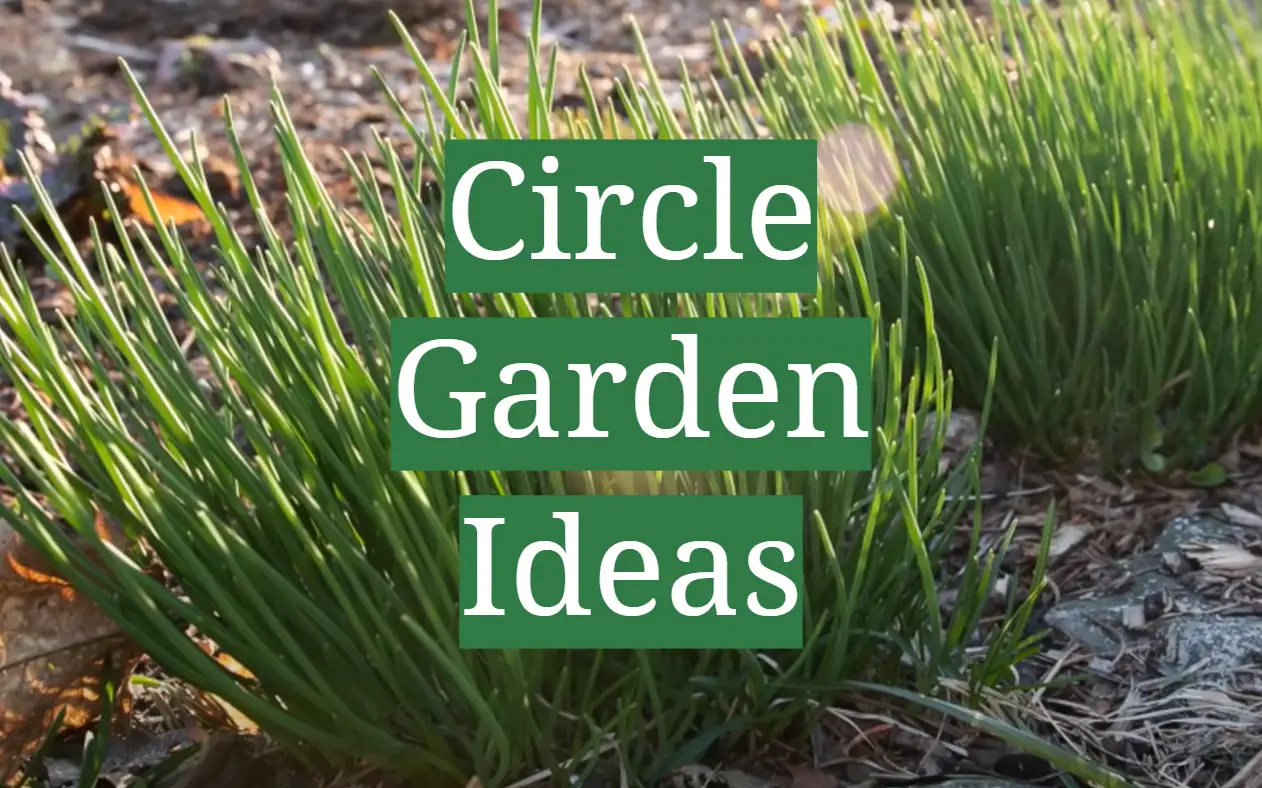




Leave a Reply
View Comments